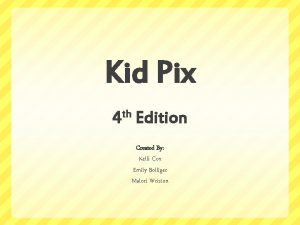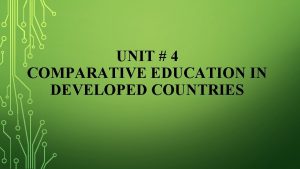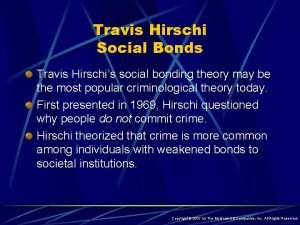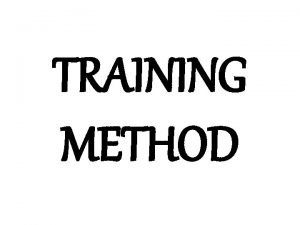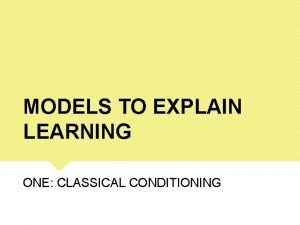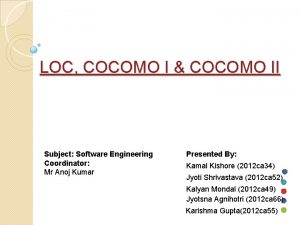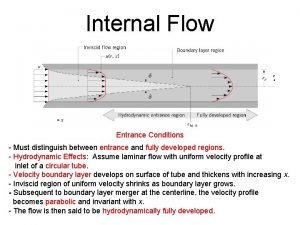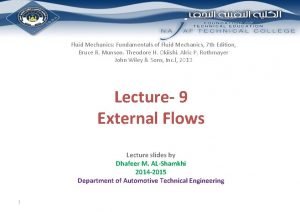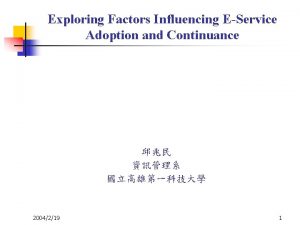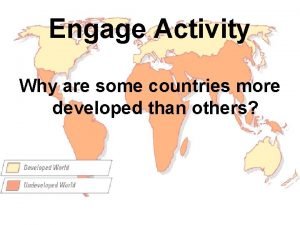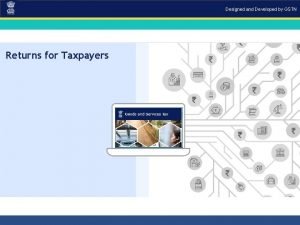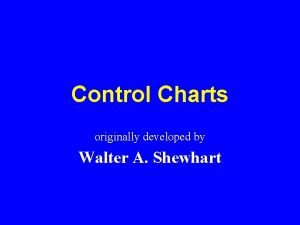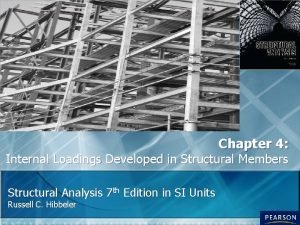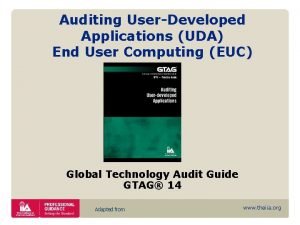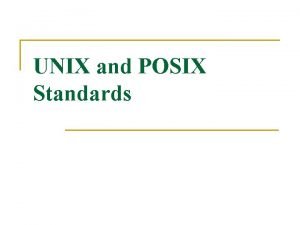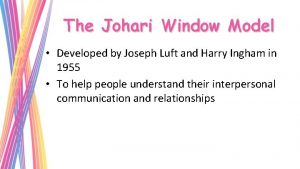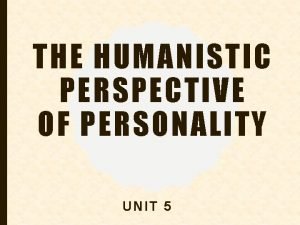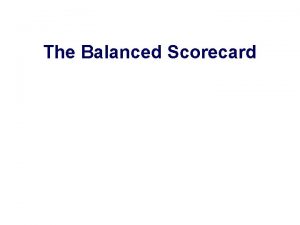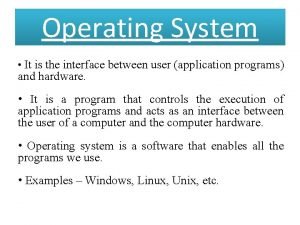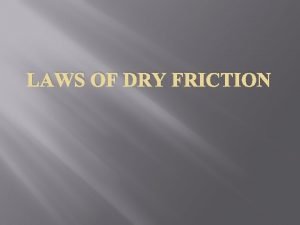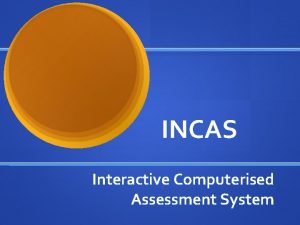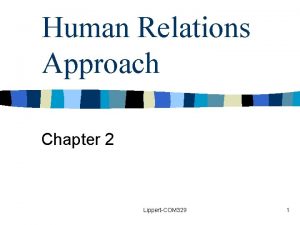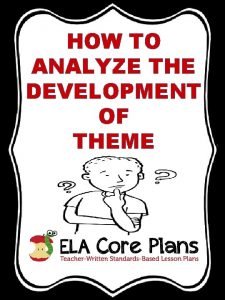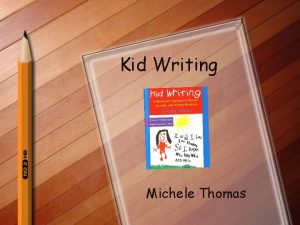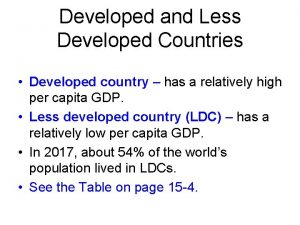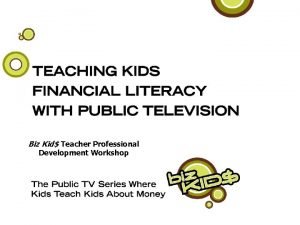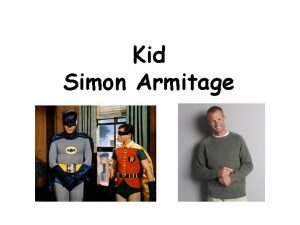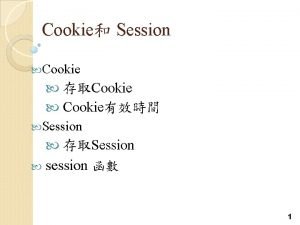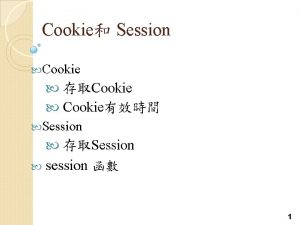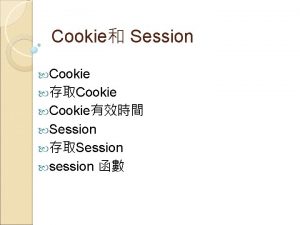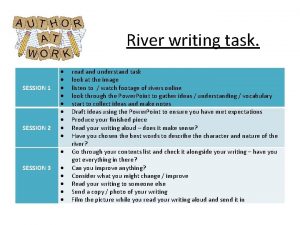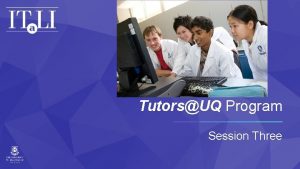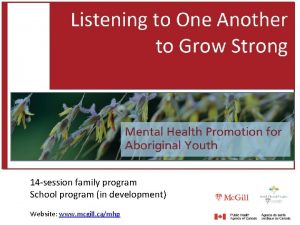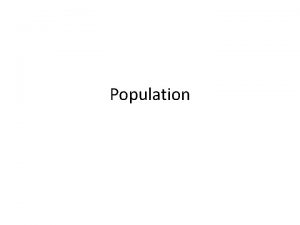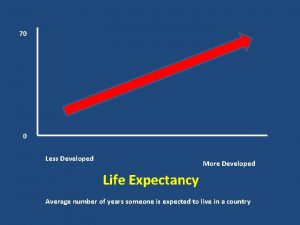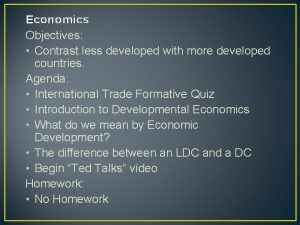Kid Writing Session Kid Writing Writing program developed





































- Slides: 37

Kid Writing Session

Kid Writing • Writing program developed by Eileen Feldgus and Isabell Cardonick • Created for Pre-Kindergarten – Second grade levels • Focuses primarily on teaching phonics in the context of journal writing • Phonetic spelling is accepted and celebrated

O The HASD curriculum suggests doing writing at least 3 times per week to ensure growth. O This includes journal writing, whole group, collaborative, individual and interactive styles.

PA Kindergarten Writing Standards O O O O O CC. 1. 4. K. A: Use a combination of drawing, dictating, and writing to compose informative/ explanatory texts. CC. 1. 4. K. B: Use a combination of drawing, dictating, and writing to focus on one specific topic. CC. 1. 4. K. C: With prompting and support, generate ideas and details to convey information that relates to the chosen topic. CC. 1. 4. K. D: Make logical connections between drawing and dictation/writing. CC. 1. 4. K. F: Demonstrate a grade appropriate command of the conventions of standard English grammar and spelling. Capitalize first word in sentence and pronoun I. Recognize and use end punctuation. Spell simple words phonetically. CC. 1. 4. K. E: With prompting and support, illustrate using details and dictate/write using descriptive words. CC. 1. 4. K. G: Use a combination of drawing, dictating, and writing to compose opinion pieces on familiar topics.

Kindergarten Focus Standards O W. K. 6 With guidance and support from adults, explore a variety of digital tools to produce and publish writing, including in collaboration with peers. (Units 1 -2) W. K. 8. With guidance and support from adults, recall information from experiences or gather information from provided sources to answer a question. (Units 3 -4) O W. K. 3. Use a combination of drawing, dictating, and writing to narrate a single event or several loosely linked events, tell about the events in the order in which they occurred, and provide a reaction to what happened. (Units 5 -6) W. K. 5. With guidance and support from adults, respond to questions and suggestions from peers and add details to strengthen writing as needed. (Units 5 -6)

Kindergarten Focus Standards (continued) O W. K. 2. Use a combination of drawing, dictating, and writing to compose informative/explanatory texts in which they name what they are writing about and supply some information about the topic. (Units 6 -7) O W. K. 1. Use a combination of drawing, dictating, and writing to compose opinion pieces in which they tell a reader the topic or the name of the book they are writing about and state an opinion or preference about the topic or book (e. g. , My favorite book is. . . ). (Units 7 -9) O W. K. 7. Participate in shared research and writing projects (e. g. , explore a number of books by a favorite author and express opinions about them). (Units 9 -10)

First Grade Focus Standards O W. 1. 8 With guidance and support from adults, recall information from experiences or gather information from provided sources to answer a question. (Unit 1) O W. 1. 3 Write narratives in which they recount two or more appropriately sequenced events, include some details regarding what happened, use temporal words to signal event order, and provide some sense of closure. (Unit 2) O W. 1. 5 With guidance and support from adults, focus on a topic, respond to questions and suggestions from peers, and add details to strengthen writing as needed. (Unit 2) W. 1. 1 Write opinion pieces in which they introduce the topic or name the book they are writing about, state an opinion, supply a reason for the opinion, and provide some sense of closure. (Unit 3) W. 1. 6 With guidance and support from adults, use a variety of digital tools to produce and publish writing, including in collaboration with peers. (Unit 3)

First Grade Focus Standards (continued) O W. 1. 2 Write informative/explanatory texts in which they name a topic, supply some facts about the topic, and provide some sense of closure. (Unit 4) W. 1. 7 Participate in shared research and writing projects (e. g. , explore a number of “how-to” books on a given topic and use them to write a sequence of instructions). (Unit 5) O W. 1. 8 With guidance and support from adults, recall information from experiences or gather information from provided sources to answer a question. (Unit 6)

Second Grade Focus Standards O W. 2. 7. Participate in shared research and writing projects (e. g. , read a number of books on a single topic to produce a report; record science observations). (Unit 1) O W. 2. 8. Recall information from experiences or gather information from provided sources to answer a question. (Unit 1) O W. 2. 3. Write narratives in which they recount a well-elaborated event or short sequence of events, include details to describe actions, thoughts, and feelings, use temporal words to signal event order, and provide a sense of closure. (Unit 2)

Second Grade Focus Standards (continued) O W. 2. 1. Write opinion pieces in which they introduce the topic or book they are writing about, state an opinion, supply reasons that support the opinion, use linking words (e. g. , because, and, also) to connect opinion and reasons, and provide a concluding statement or section. (Unit 3) O W. 2. 2. Write informative/explanatory texts in which they introduce a topic, use facts and definitions to develop points, and provide a concluding statement or section. (Unit 4)

Second Grade Focus Standards (continued) O W. 2. 5. With guidance and support from adults and peers, focus on a topic and strengthen writing as needed by revising and editing. (Unit 5) O W. 2. 6. With guidance and support from adults, use a variety of digital tools to produce and publish writing, including in collaboration with peers. (Unit 6)

Types of Writing OJournal Writing/Kid Writing OPrompted Writing OReading-Writing Workshop, Language Arts Common Core

Common Stumbling Blocks: • • • Drawing a picture and never beginning writing Sticking with the familiar (I can…) Forgetting capitals, spaces, and punctuation Sticking with pictures in the sentences instead of trying to write letters for the sounds they hear Pictures and writing don’t match One sentence and “I’m done!!!!” Writing random letters Incorrect vowels and/or ending sounds My all time favorite…………. ” I can’t do it!!!!!”

Journal Writing Steps Step 1: Drawing O Sit comfortably O Draw picture O Date stamp/write date O Children talk to each other about picture (collaborative) O Use markers or crayons

Step 2: Guided Phonics Based Spelling/Kid Writing O Stretch out words O Children must listen for sounds in words; “JUST SOUND IT OUT” O Teacher works with a group of students to do stretching after drawing is completed O Sound out the words by slowly exaggerating key consonant sounds O Children write the letters they think they hear

Step 3: Underwriting (Adult Writing) and Individual Lessons O Teacher reads child’s story and at the bottom of the page writes the story using the conventional writing (ex. p. 43) O Teacher reads it back, pointing to each word O Read it a second time as the child joins in O Increase the level of difficulty; example, consonants to consonant digraphs (p. 44) O Do not use red ink, use fun pens, share

Step 4: Focused Mini Lessons (Large Group) O Do not SKIP this step! O Share chair/author’s chair O Focus only on a small group (3 -4 students) for sharing O Use a whiteboard O Three lessons 1. Individual phonetic sound-symbol correspondences 2. High frequency words 3. Common letter chunks (p. 47) *Use Word Wall in large black and white letters

Step 5: Mini Sharing O Used to include more children, partners share their work Step 6: Formal Publishing O Includes revision and editing process O Small children; publishing can just be actual kid writing

Teacher’s Role • Model, model • Guide and assist students according to need • Encourage children to write the sounds they hear • • (not telling which letters to write) until they feel confident writing independently Write the “adult” or “grown-up” writing Conference with several children to strengthen deficit areas (time constraints and activities for the other students) Provide an environment which is supportive and encourages risk taking Provide praise and positive reinforcement

Motivational Ideas • PRAISE is important • Let children select their own topics • Kid writing crowns (king/queen), King of -ING, • • Wiz of IS, Star of ARE Author’s chair Tokens Word walls, sight words, color words, “tricky words”, word splashes Slinky, Spacemen

Mix It Up • Listing • Webbing • Visual • A-Z list of words for them • Cross-curricular writing • Invitations (Phil to a Book-nic) • Letters (guest reader, Santa) • Prompt/No prompt (free writing)


• i have a bog Named sasha. SHE is thebest pet in tha world. i pl. Ay wif her • w. E r going two the pumpkin patch Will we see animals! i hope w. E find a bip pumpkin to bring dackto school We r so excit. Ed














Consistency !!
 Kid pix 90s
Kid pix 90s Developed country
Developed country Application of wjm
Application of wjm Unix was originally developed in
Unix was originally developed in Unit 4 school education system
Unit 4 school education system Social bond theory
Social bond theory Circuit training methods
Circuit training methods Electric force
Electric force Wagner model of chronic disease management
Wagner model of chronic disease management Developed country
Developed country Mariah developed a fear of the water
Mariah developed a fear of the water Mdc and ldc
Mdc and ldc A project size of 200 kloc is to be developed
A project size of 200 kloc is to be developed Bulk temperature
Bulk temperature Html hyper text
Html hyper text What is reynolds number in fluid mechanics
What is reynolds number in fluid mechanics Expectancy value theory of motivation
Expectancy value theory of motivation Least developed country
Least developed country Which was the most important industry in the sangam age
Which was the most important industry in the sangam age Who proposed the concept of real self and ideal self
Who proposed the concept of real self and ideal self Designed & developed by gstn
Designed & developed by gstn Who invented control charts
Who invented control charts Intermediate cocomo model example
Intermediate cocomo model example Internal loadings developed in structural members
Internal loadings developed in structural members End user computing audit
End user computing audit Ansi c
Ansi c Basic structure of computer
Basic structure of computer Joseph luft and harry ingham in 1955
Joseph luft and harry ingham in 1955 Abraham maslow developed his hierarchy of needs
Abraham maslow developed his hierarchy of needs Mrtslk
Mrtslk Balanced scorecard of starbucks
Balanced scorecard of starbucks Interface between user and hardware
Interface between user and hardware Anne boykin and savina schoenhofer theory
Anne boykin and savina schoenhofer theory Who was maslow
Who was maslow 5 laws of dry friction
5 laws of dry friction Incas assessment
Incas assessment Abraham maslow developed his hierarchy of needs
Abraham maslow developed his hierarchy of needs What is the theme of the fox and the goat
What is the theme of the fox and the goat
